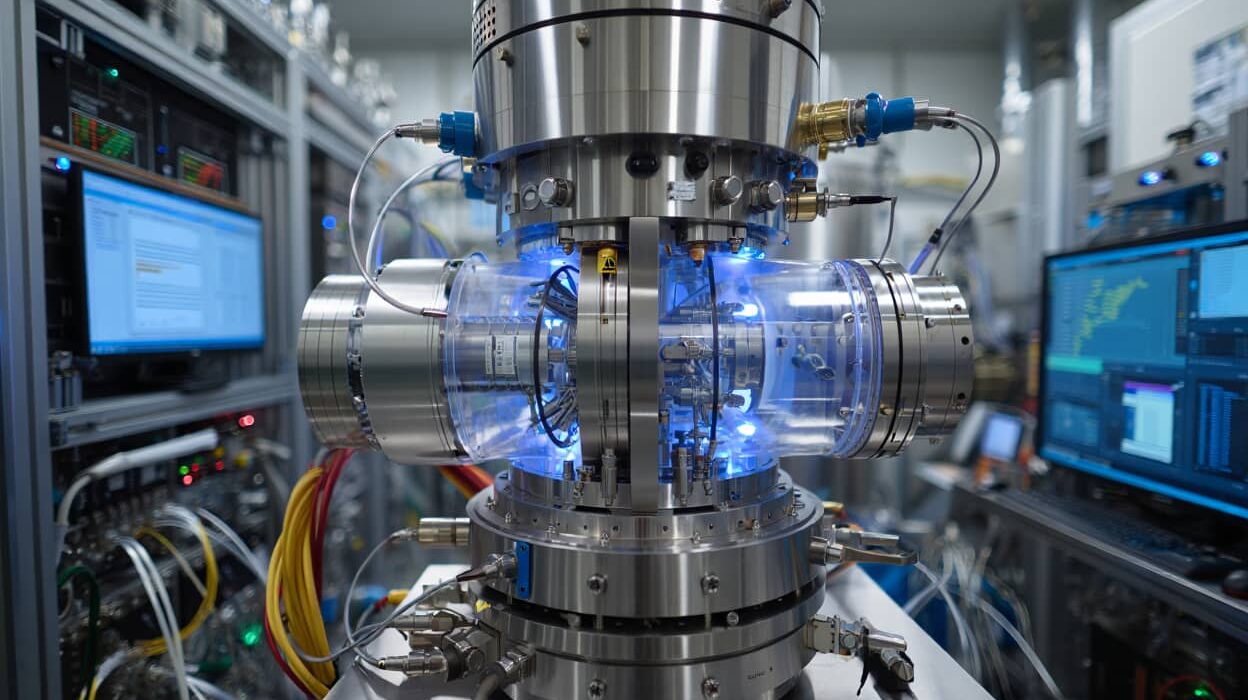Around 80% of the universe’s mass is believed to be dark matter, yet its composition remains unknown. To uncover its secrets, physicists are developing new technologies that can detect the faintest traces left behind by this invisible matter.
A team from the University of Zurich, led by Laura Baudis, Titus Neupert, Björn Penning, and Andreas Schilling, has unveiled a groundbreaking superconducting nanowire single-photon detector (SNSPD). Unlike traditional liquid xenon detectors, which struggle to spot particles lighter than electrons, this new device is capable of detecting signals from far smaller dark matter candidates.
“This is the first time we’ve been able to search for dark matter particles in such a low mass range, made possible by a new detector technology,” explains first author Laura Baudis. The detector works by capturing low-energy photons released when dark matter interacts with regular matter. When a photon strikes the superconducting wire, it briefly disrupts its state, creating a measurable electrical signal.
The upgraded version of the SNSPD employs superconducting microwires and a flat, thin design. This geometry not only boosts sensitivity but also enables directional detection—critical for confirming the Earth’s movement through the cosmic “wind” of dark matter particles. Such directionality helps separate genuine dark matter events from background noise.
According to co-author Titus Neupert, future improvements could push the detection threshold even lower, possibly reaching particles smaller than electrons. Plans are underway to move the system underground, reducing interference from radiation.
This breakthrough expands the search for dark matter into uncharted territory, challenging existing models of particle physics and cosmology. While the mystery remains unsolved, scientists now hold a powerful new tool in the quest to reveal the universe’s hidden mass.
Scientists Build Ultra-Sensitive Detector to Hunt Tiny Dark Matter Particles






